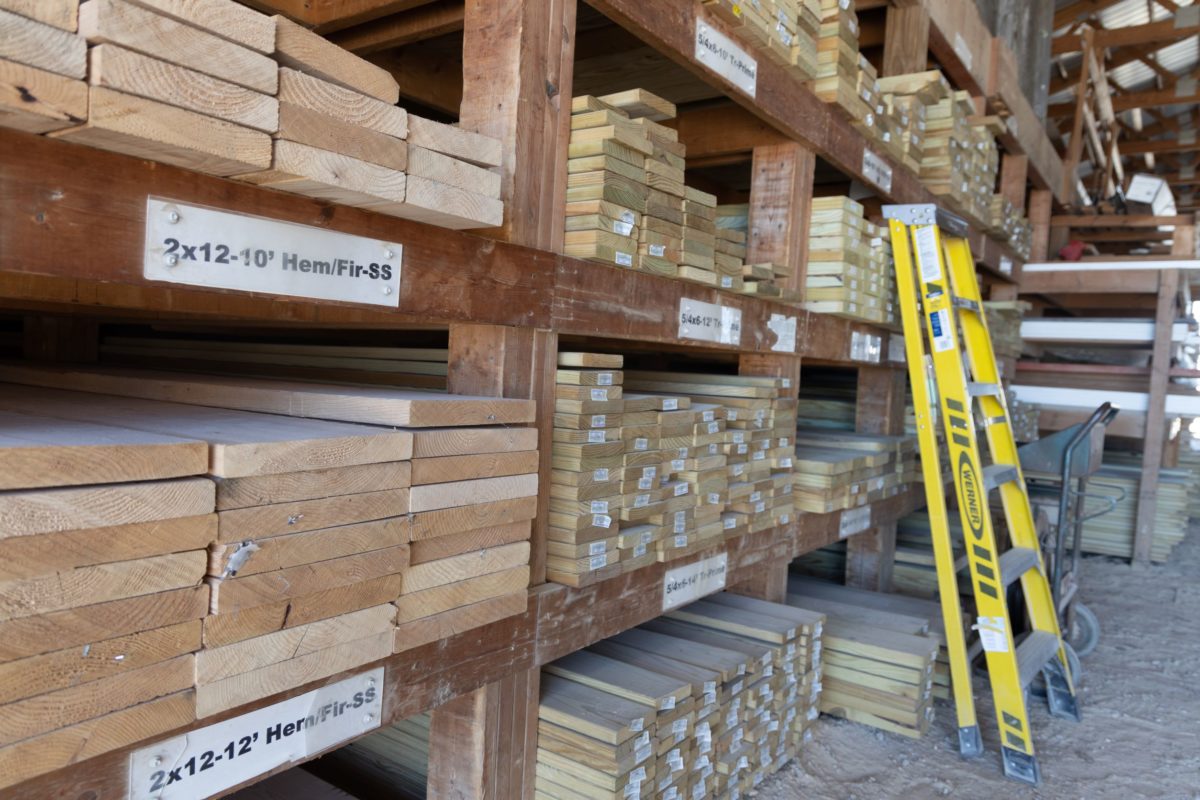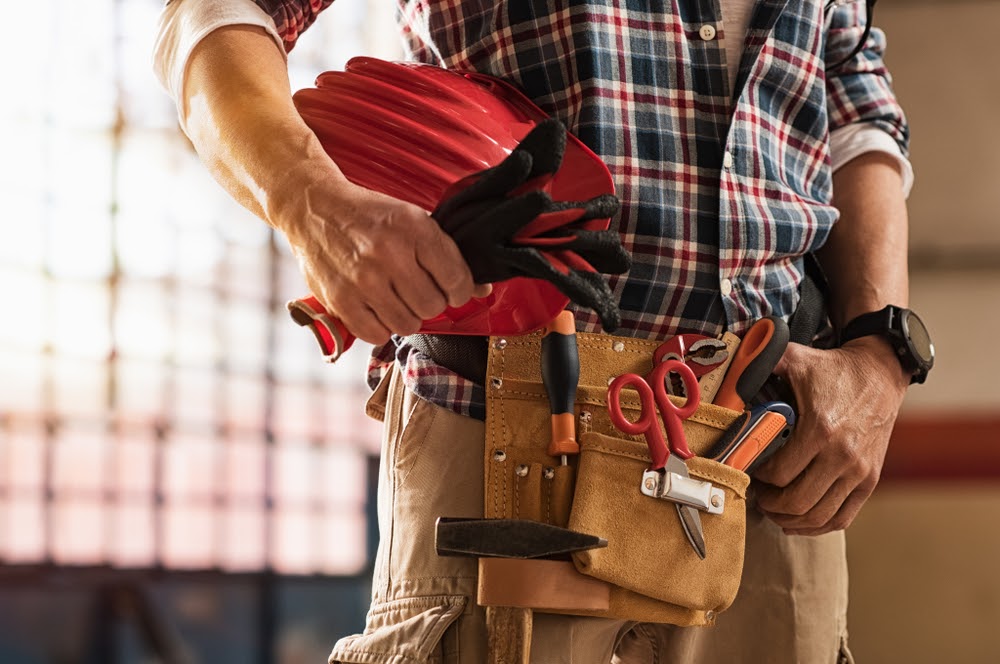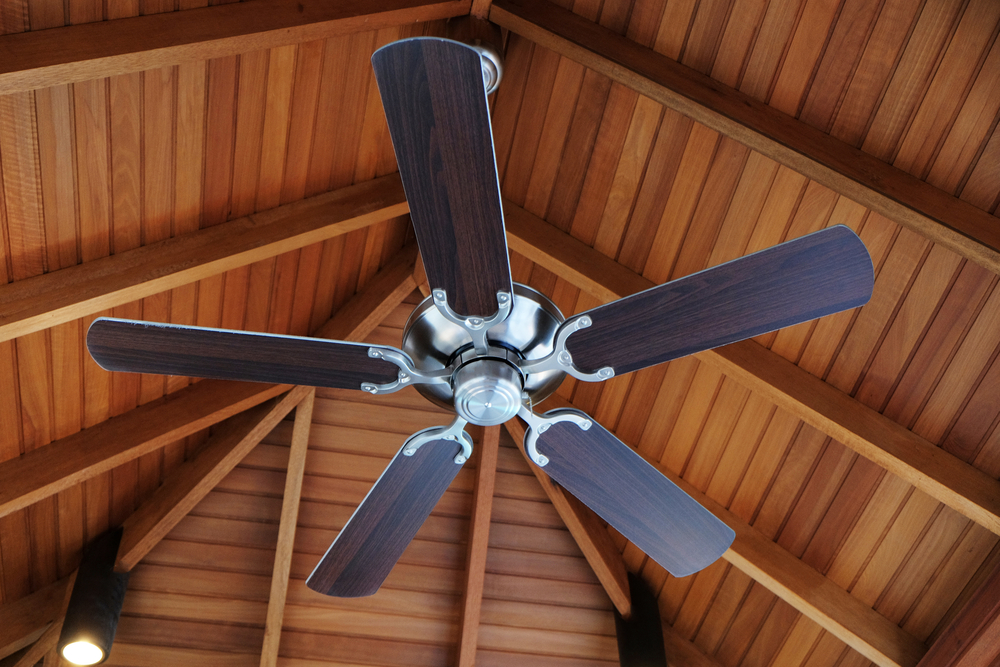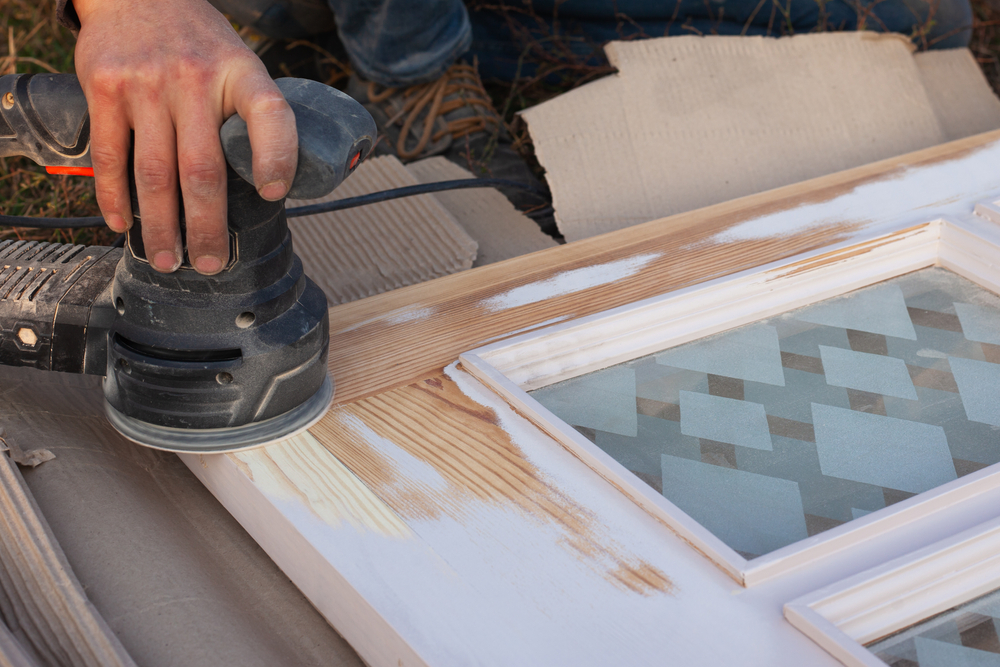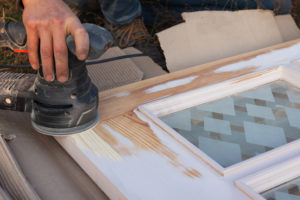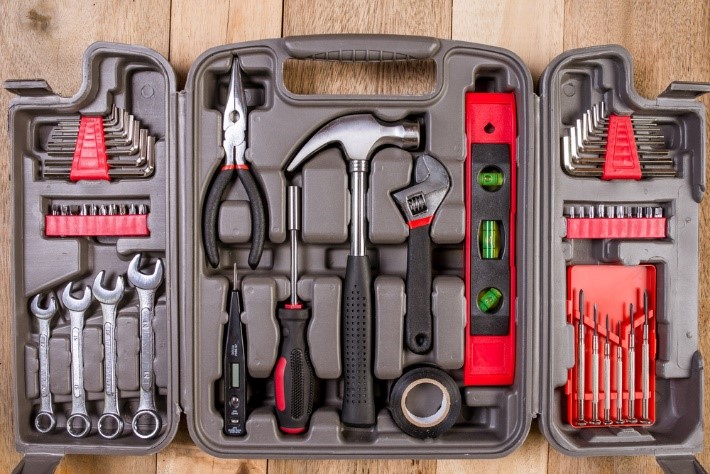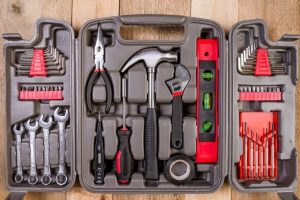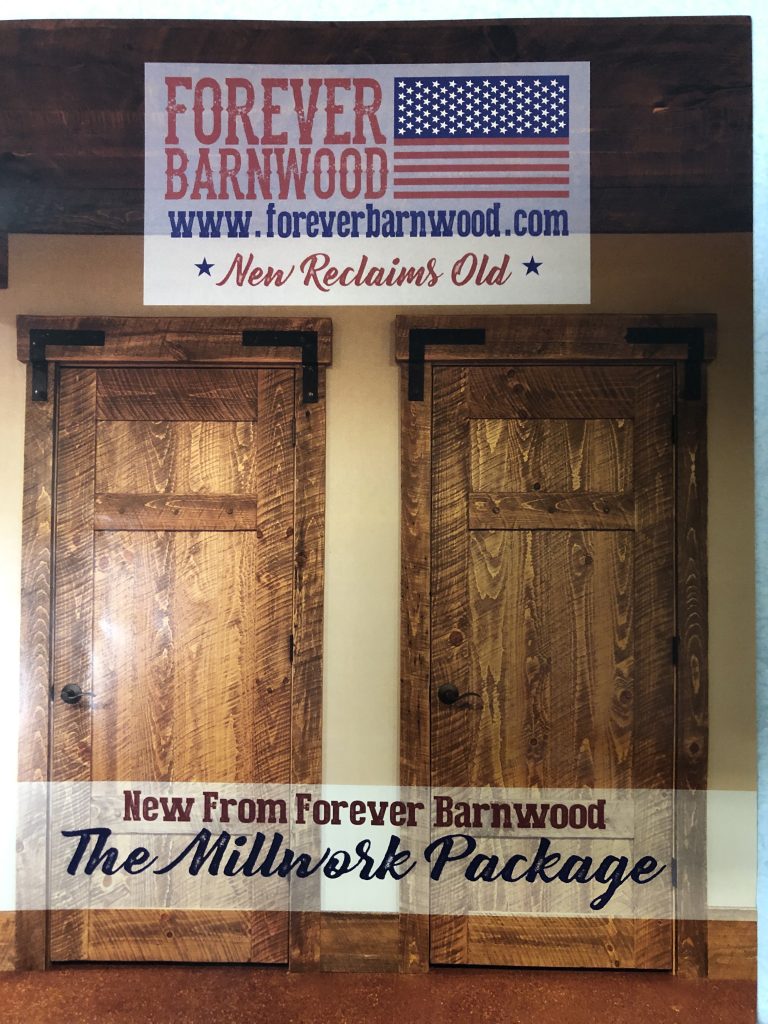Having high-quality wood is vital to every new construction or renovation project. Whether you’re a contractor or a homeowner tackling your own project, there are many options when it comes to purchasing lumber. You may choose to buy your materials from big-box stores, or in local lumberyards.
While both big-box retailers and local companies offer a great selection of raw materials, the latter provides a more personalized and convenient shopping experience for buyers. Here are some reasons why our full-service lumberyards are the best sources for wood:
Wide Selection of Wood Materials
Most home improvement stores only carry basic types of wood. If you’re looking for specific materials, full-service lumberyards like NuZum Building Supply might be the best option for you. We offer a wide selection of durable yet aesthetically pleasing products that suit any new build or renovation.
We also offer custom lumber cuts if our standard sizes aren’t what you need for your current project. You supply the exact measurements, and we will cut the wood to size.
We Only Source From Reputable Suppliers
At NuZum Building Supply, we only provide our customers with the best possible quality of materials. We make sure to pick reliable suppliers to ensure consistency in the quality.
Our team is also aware of the different factors that may affect our supplies. We implement strict storage and handling measures to preserve the condition of our lumber products. By doing this, we’re able to provide straight, durable, and superior wood.
Our Team Is Comprised of Lumber Experts
Having too many options can be overwhelming, especially for first-time buyers. At NuZum Building Supply, we have you covered. We take great pride in having extensive knowledge and experience when it comes to different wood products.
Compared to big-box stores, we won’t let you wander around our lumberyard looking for answers. We’ll guide you in selecting the right wood materials, cuts, and grain patterns to best fit your project. If you have any questions, we’ll be more than happy to help.
You Can Get High-Quality Products at Competitive Prices
High-quality wood products don’t have to be expensive. While prices may vary per wood species, our team at NuZum Building Supply always strives to help lessen the costs for our clients.
We often buy lumber in bulk, helping us reduce rates and provide our customers with competitive pricing. When you choose us, we can assist you in finding supplies that suit your budget.
Trusted Supplier of High-Quality Lumber
If you’re looking for a trusted direct wood supplier around Viroqua, WI, turn to us! Contact us at NuZum Building Supply to discover more about our products.

